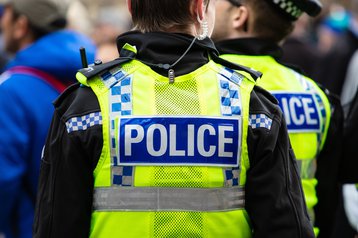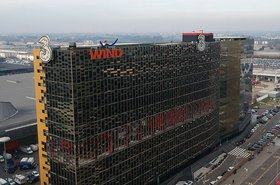The Competition Appeal Tribunal (CAT) has dismissed Motorola’s appeal, which claimed the Competition and Markets Authority (CMA) made errors in assessing competition in the relevant market and the profitability of the Airwave Network.
It means that the price cap imposed by the CMA on how much Motorola Solutions can charge the emergency services to use its Airwave radio network has been upheld.
The CMA opened an investigation in October 2021 into mobile radio network services amid concerns that the market might not be working well.
According to the CMA, the investigation, which had been conducted by an independent group of experts, found that UK emergency services currently have no choice but to continue using Motorola’s Airwave Network, due to a lack of alternative providers.
Motorola's Airwave Network provides the essential dedicated mobile network that the police, fire, ambulance, and other emergency services use to communicate securely.
The CMA said that this meant that Motorola charged the Home Office – which negotiates contracts on behalf of emergency services – "prices well above competitive levels."
To mitigate this, the CMA imposed a price cap last year, which it said will stop the estimated £200 million ($255m) per year of over-charging.
The price cap is expected to mean that Motorola Solutions is forced to reduce by more than £1 billion ($1.28bn) its contracted price for the provision of the UK’s emergency services communications network in the coming years.
The CMA has stepped in to impose the cap to stop Motorola, which owns the company that operates the network, from enforcing higher costs that are ultimately paid by taxpayers.
"Our investigation showed that Motorola held all the cards when it came to pricing," said Martin Coleman, chair of the independent panel of experts conducting this investigation.
"With no other providers in the market, our fire, police, and ambulance services had no choice but to pay the rates set by Motorola – meaning they paid almost £200 million a year more than they would have if the market was working well.
"Our price cap puts a limit on how much Motorola can now charge for the use of its Airwave Network. This ensures lower prices for these key services – and ultimately less cost for taxpayers – while allowing Motorola to invest in the network to ensure that quality and safety are maintained."
Motorola disagreed with the CMA’s findings – specifically that the price of the Airwave Network services was not limited by competition and on the level of profit they make from the Airwave Network – and so challenged them at the CAT.
It was revealed last year that The Home Office is unsure when the UK Government’s 4G-based Emergency Services Network (ESN) will be ready.
A report from the National Audit Office (NAO) found that the ESN could be delayed until 2029 or later, as it found that the progress to move away from the old Motorola-owned Airwave network seems no closer to an end date.
This ESN was first proposed in 2015, and was supposed to have been in use by 2020 for police, fire, and ambulance services in England, Scotland, and Wales.
However, the report has found that the turn-off date for this aging Airwave system may be pushed back further, after already having been twice extended, first to 2022 and then to 2026.
It's not been cheap either, with the Home Office having spent £2 billion ($2.55bn) on the ESN project so far, while spending £2.9bn ($3.7bn) to keep Airwave going.






